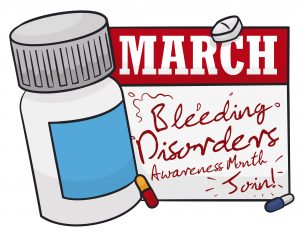
Disseminated intravascular coagulation (DIC) is a severe disorder in which the proteins that control blood clotting become overactive.
Causes
When you are injured, proteins in the blood that form blood clots travel to the injury site to help stop bleeding. If these proteins become abnormally active throughout the body, you could develop DIC. The underlying cause is usually due to inflammation, infection, or cancer.
In some cases of DIC, tiny blood clots form in the blood vessels. Some clots can clog the vessels and cut off the normal blood supply to organs such as the liver, brain, or kidneys. Lack of blood flow can damage and cause significant injury to the organs.
In other cases of DIC, the clotting proteins in your blood are consumed. You may have a high risk of severe bleeding when this happens, even from a minor injury or without injury. You may also have bleeding that starts spontaneously (on its own). The disease can also cause your healthy red blood cells to fragment and break up when they travel through the small vessels filled with clots.
Risk factors for DIC include:
- Blood transfusion reaction
- Cancer, especially certain types of leukemia
- Inflammation of the pancreas (pancreatitis)
- Infection in the blood, especially by bacteria or fungus
- Liver disease
- Pregnancy complications (such as placenta that is left behind after delivery)
- Recent surgery or anesthesia
- Severe tissue injury (as in burns and head injury)
- Giant hemangioma (a blood vessel that is not formed correctly)
Symptoms
Symptoms of DIC may include any of the following:
- Bleeding from many sites in the body
- Blood clots
- Bruising
- Drop-in blood pressure
- Shortness of breath
- Confusion, memory loss, or change of behavior
- Fever
Treatment
There is no specific treatment for DI, and the goal is to determine and treat the underlying cause of DIC.
Supportive treatments may include:
- Plasma transfusions replace blood clotting factors if a large amount of bleeding occurs.
- Blood thinner medicine (heparin) prevents blood clotting if a large amount of clotting occurs.
0 Comments